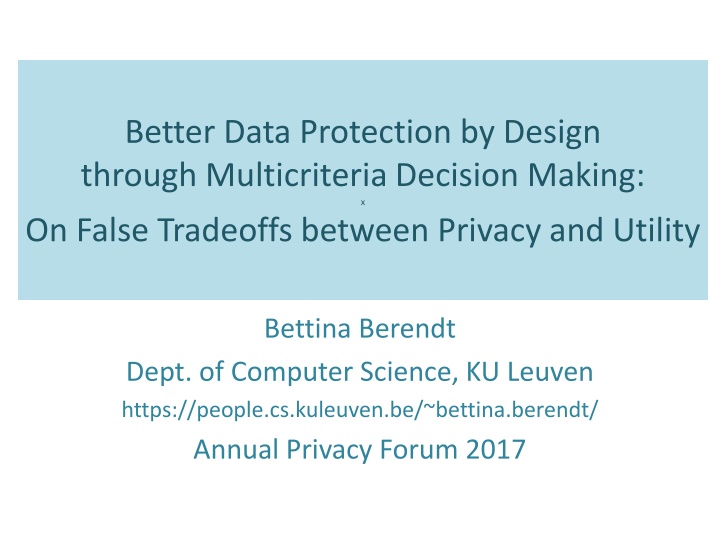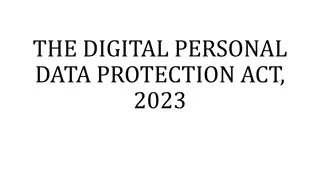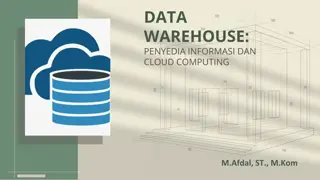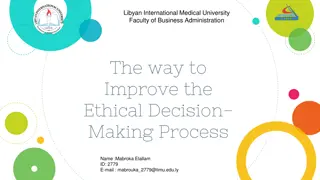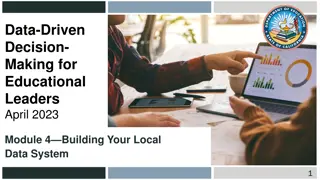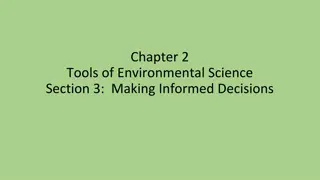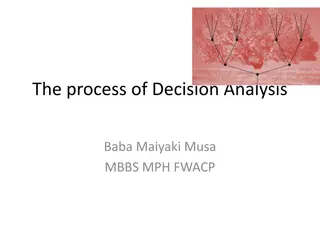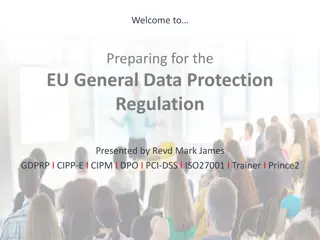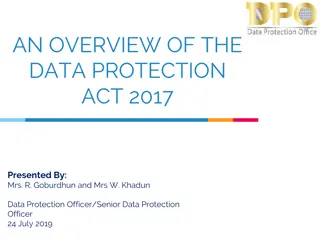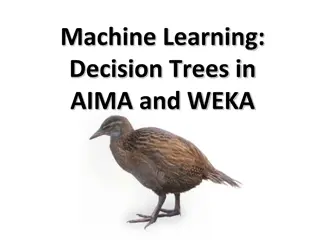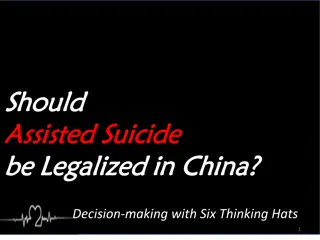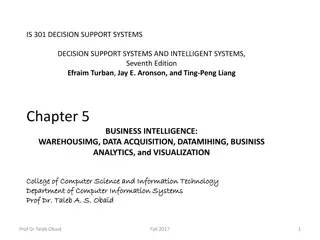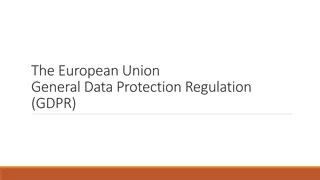Enhancing Data Protection Through Multicriteria Decision Making
Examining the utility of personal data and false tradeoffs between privacy and utility in data protection by design, with insights into behavioral sciences, economics, and co-design techniques.
Download Presentation

Please find below an Image/Link to download the presentation.
The content on the website is provided AS IS for your information and personal use only. It may not be sold, licensed, or shared on other websites without obtaining consent from the author.If you encounter any issues during the download, it is possible that the publisher has removed the file from their server.
You are allowed to download the files provided on this website for personal or commercial use, subject to the condition that they are used lawfully. All files are the property of their respective owners.
The content on the website is provided AS IS for your information and personal use only. It may not be sold, licensed, or shared on other websites without obtaining consent from the author.
E N D
Presentation Transcript
Better Data Protection by Design through Multicriteria Decision Making: x On False Tradeoffs between Privacy and Utility Bettina Berendt Dept. of Computer Science, KU Leuven https://people.cs.kuleuven.be/~bettina.berendt/ Annual Privacy Forum 2017
Whats the utility of personal data or: when Data Protection by Design is not (only) about privacy Data science / computer science: Privacy risk utility tradeoffs Law: Purposes Data minimisation DPbD: multi-disciplinary and multi-criteria Behavioural sciences & HCI: Knowledge, social influences, intentions, use of PETs, assessment of technology Economics: Utilities and dis-utilities of different stakeholders
The case study Practical Questions and Research Questions: (PQ1) Did employees know what personal data were collected, and did they care? (PQ2) Would they utilize an anonymization PET if it was available? (RQ1) To what extent is the intent to use PETs dependent on prior knowledge of the underlying data collection technology? (RQ2) Is privacy-related decision-making individual or subject to social influences? (RQ3) Co-design: Would employees be able to generate more design options for access control, and what would these be like? Method: 5 questions + open-ended comment via Surveymonkey
(PQ1, PQ2, RQ1): People care, often get the basics wrong, & intention to use PETs depends on prior knowledge 101 responses (42%) within 48 hrs Q1: Which data do you think are collected and stored by the card readers? Q3: If there was a button anonymised version of coffee-getting authentication on the card reader, would you use it? plotted vs. Q1 This is in fact logged
(RQ3): An efficient co-design technique Q2: Do you think the purpose of barring unauthorized coffee-getting could also be attained with other data, or other means? Examples x without data: lock the room, warning sign, security guard, no plastic cups and no cups in the cafeteria without personal data (collection and/or storage): anonymous tokens, typing a code, only checking authorization with less, or less fine-grained, personal data: restrict access to the cafeteria with card readers, at all hours, or restrict access to the coffee machines with card readers, but only outside office hours plotted vs. Q1
(RQ2): Social influences on decision making Q4: Do you think your use of the coffee machines may influence how your colleagues use them? Q5: Why? Peer pressure / social influence Awareness/reflection: 7 Imitation: 9 no Surveillance / chilling effects: 2 ~ k-anonymity: 1 maybe yes no answer
Exploratory analysis: Anonymity is not the point here. Social comments topics (n=33): Communal space: actions, perceptions Salience of decision making Accountability (charging) Usability I do think the card readers are weird. I do not think they are a big problem and I am not worried about them. I am more worried about the social conflict. The underlying thought process makes me uncomfortable. Tracking everything will solve our problems The department always have felt like a place where everybody tries to be as flexible as possible. It's sad that the department now seems to be willing to question this flexibility over the price of a few coffees. They will buy own coffee machines. This will reduce the number of informal meetings in the cafeteria. Social Privacy The critical reception of the card readers on our coffee machines is actually a good sign. One can't expect (junior) scientists to be good and uncritical at the same time.
Synopsis of findings: Technology (incl. PETs) acceptance and intention to use cv cv Data cv
Computer science modelling: data utility vs. data privacy / risk-utility tradeoffs Data utility: the value of a given data release as an analytical resource the key issue being whether the data represent whatever it is they are supposed to represent. risk Full data Data Trans- formed data No data utility
A legal view: purpose specification, data minimisation Can the goal be reached, the purpose fulfilled, with these data? With less data? Data have some utility relative to a purpose. risk Full data Data Example purposes Authentication: only personnel members should be able to use the resource. accountability1 of resource consumers for their consumption. accountability2 of the resource supplier for invoiced amounts accountability3 of individuals or specified anonymity sets in cases of abuse (e.g. theft) Trans- formed data Trans- formed here: the data- minimal solution No data No utility
An economic view: Utilities and dis-utilities for stakeholders risk Full Full data Data Trans- formed data Trans- formed Trans- formed Utility = a measure of preferences over some set of goods (incl. services); represents satisfaction experienced by the consumer of the good. (Dis-)utilities from multiple criteria Aggregation over different stakeholders! No data No No utility
A multi-disciplinary, multi-criteria view risk Full Full data Data Trans- formed data Trans- formed Trans- formed No data No No utility
Summary: utility Data science / computer science Law DPbD: multi-disciplinary and multi-criteria Behavioural sciences & HCI Economics
Conclusion: More questions! How to model realistic risk- utility spaces? How does this relate to GDPR protection of individuals fundamental rights and freedoms proportionality ? DPbD: multi-disciplinary and multi-criteria Whether/how to design systems to influence knowledge and attitudes, and leverage social influences? DPbD often involves organisational change. Is this wanted? By whom? What if it is not wanted?
